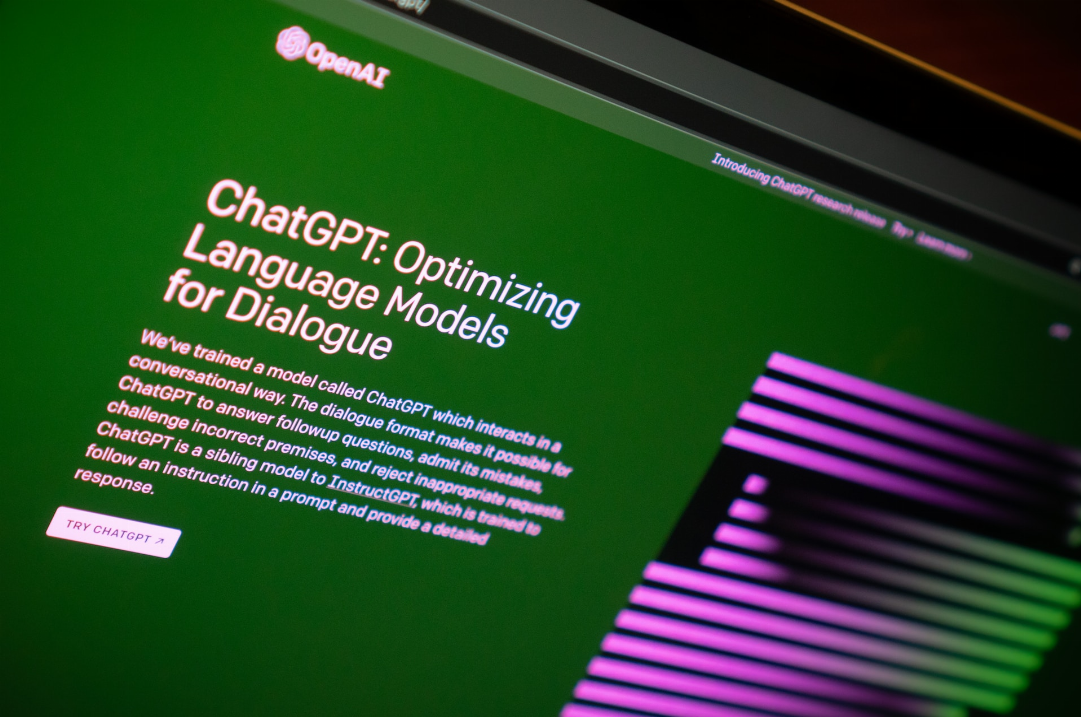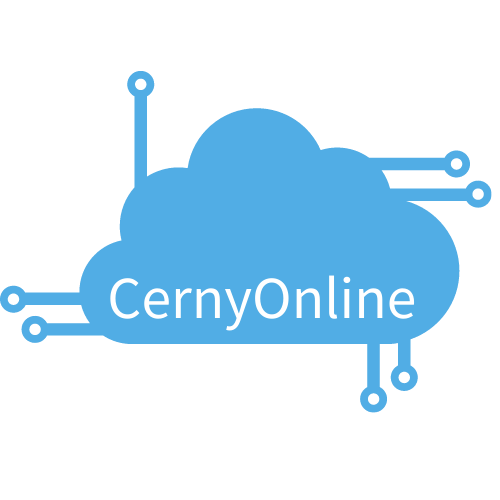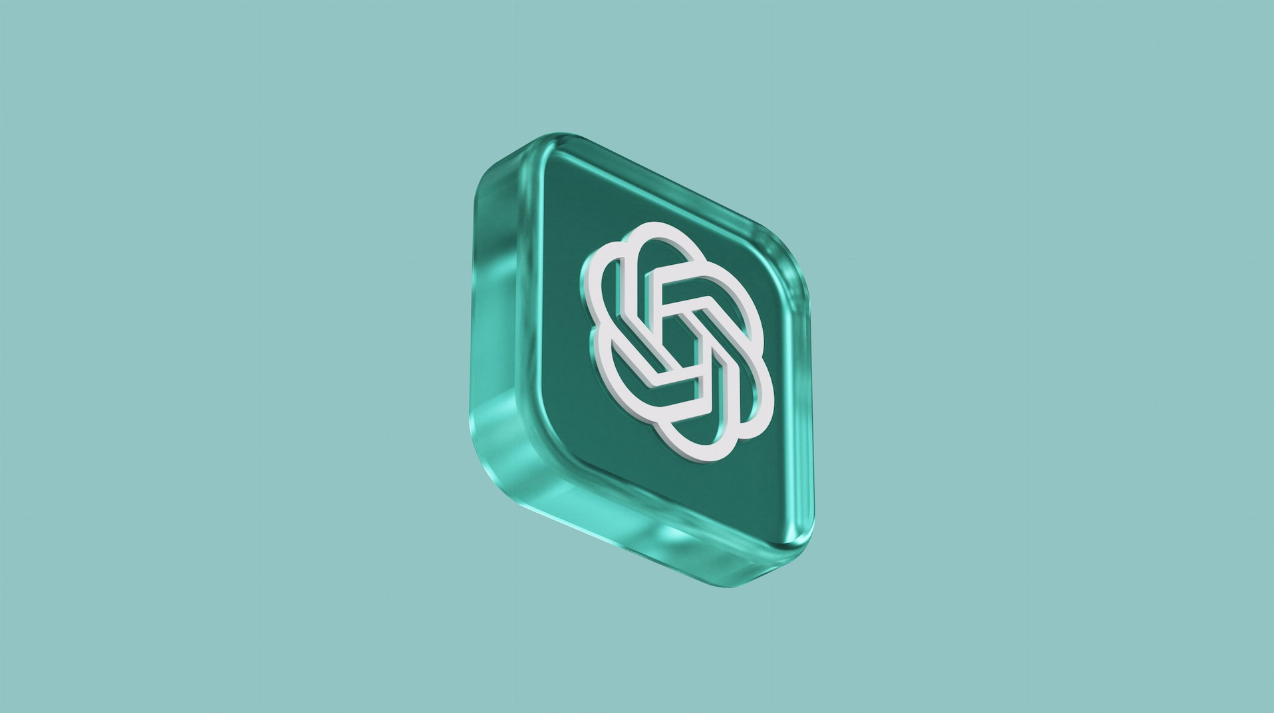Understand How ChatGPT Works and Its Possible Applications
ChatGPT. It’s THE topic of conversation, the trend, the must-have item that’s been driving discussions for several months now. We’re talking about it in the media, at work, in private, personal and family conversations. We’re talking about it in person, and even by SMS. This is typical of new digital trends. All of a sudden, they’re present in all spheres of society and end up touching, at least through the conversations we can have, the vast majority of the world’s population, on every continent. This is what we call a planetary phenomenon. We don’t think it’s just a passing fad, but rather a milestone, a new step forward in what is commonly known as progress. So we’re going to have to live with it, in one form or another.
But how many people, what proportion of the population, aware of the existence of ChatGPT, can claim to understand its nature, functioning and possible applications? For that matter, other major subjects that govern the world and life, such as finance, trading, economics or even other simple concepts of physics, chemistry and biology, suffer the same fate. They are known, named, but totally incomprehensible and indefinable to the vast majority of people. Of course, we can’t know everything, but let’s face it, many subjects are known in name only, without us understanding in the slightest what they cover. This is often surprising in everyday life. Some of you may not even have noticed that ChatGPT is what you’ve been chatting to on this or that site or application lately.
That’s why it’s always useful to take a few moments to identify and integrate the few structuring points that will enable you to say you know what things are and what they can be used for. It’s an essential reflex, all the more so in today’s fast-paced society. More than ever, knowledge is the key to gaining freedom of choice and not letting ourselves be dominated by those who would like to impose certain directions on our lives. Knowing and understanding puts us in a favorable position to remain critical. In this way, progress remains constant and benefits as many people as possible. Letting ourselves be carried along and ignoring things is never a relevant signal, especially in the face of new technologies involving artificial intelligence such as ChatGPT. That’s why we’re going to take a closer look at the content and possible uses of ChatGPT.
ChatGPT: What Is This Technology and How Does It Work? Why is This Technology So Popular?
ChatGPT is a tool, like many others, that uses what is known as artificial intelligence. For the time being, this tool tends to become the reference in the field, like a trademark that replaces the common name of an object in everyday language. ChatGPT is not the only tool of its kind. It is undoubtedly the most developed, the most advanced and, consequently, the most publicized.
So, what is ChatGPT? ChatGPT is a solution that mobilizes several types of functionality in a single device. It combines a set of technological concepts that make it the singular object we’re talking about: artificial intelligence on the one hand, to which we’ll return, and the ability to interact fluidly with interlocutors, to which we’ll return as well.
ChatGPT is the current version of what we already know: a chat. A chat is a functionality that enables fairly basic exchanges, either between two humans, or between a human and a robot. Between two humans, the operation is clear: it’s an instant messaging service like the hundreds that exist today (Messenger, WhatsApp, etc.). Between a human and a robot, again, it’s very widespread, since many websites have long been offering this means of exchange and contact with their brand, customer service, and so on. In this case, the robot is computer-programmed to efficiently provide answers to questions or requests. For several years now, a chatbot has been able to guide you through a site’s tree structure, provide answers to frequently asked questions or redirect you to a human contact. It makes things as simple as possible, anticipating the work that humans might have to do later.

Let’s return to artificial intelligence. Artificial intelligence is inherently opposed to human intelligence, but uses many of the same resources. What a robot qualified as artificial intelligence does is mobilize what is known as automatic learning. In concrete terms, like a student, a human being or a person in the ordinary sense of the term, it learns, stores and accumulates knowledge and links between the elements it stores. This knowledge is then put to good use through experimentation. The example of reCAPTCHA is often used to illustrate the basic workings of machine learning and artificial intelligence. When these robots, whose aim is to ensure that the surfer is not one himself, ask him to indicate all the bicycles, mountains or traffic lights present in the image, he works and learns. By experimenting with the knowledge transmitted by users, he retains what a bike, mountain or traffic light looks like, and can then recognize them on his own. Its skill and certainty of recognition increase with the volume of its experiments. The more the machine learns, the more it knows.
The second aspect is ChatGPT’s ability, thanks to its learning, to formulate content (in the form of text or images) adapted to a given situation. In concrete terms, it will be able to create a response to a request that takes into account all the dimensions governing the exchange. In particular, he’ll be able to adapt his level of language, the level of detail of his response, according to the way in which the request was addressed to him. This is what enables him to produce a fluid, adjusted exchange, very close to what a human being can do. Thanks to this tenfold learning capacity and the billions of data it mobilizes to structure its interventions, ChatGPT is capable of conducting a logical, intelligible and often relevant exchange with a human being. It thus deploys a highly advanced and reactive form of analysis, making us forget its artificial origin.
What can we say about the result? It’s certainly powerful enough to put ChatGPT at the heart of today’s conversations. If this wasn’t the case, if it still needed to be greatly improved, we wouldn’t be talking about it.
However, we can already mention a few comments and criticisms made by users and observers of these technologies. First of all, as we said, ChatGPT relies on machine learning, so it doesn’t know everything yet, and can learn new things every day. If it seems less reliable on certain specific subjects, it’s only a question of time (which is very accelerated at the moment). The other limitation identified is the quality of the elements on which it bases its answers. Indeed, ChatGPT sometimes finds itself relaying false or contradictory information. There is therefore a risk of the tool becoming over-reliable. As with any information produced and formulated by a human being, it is important to verify its content.
What Are ChatGPT’s Applications?
Clearly, based on the concepts behind ChatGPT, the applications seem endless. If ChatGPT is capable of accurately and efficiently informing a customer who is about to buy a batch of T-shirts, but is wondering which size to choose, it will also be capable of many other things.
For example, this tool could be used in patient therapy. It could successfully provide up-to-date information tailored to the situation, as part of a physical rehabilitation program or a chronic disease treatment protocol.
The fluidity of the tool’s exchanges could enable it to be mobilized as part of psychological support or exchanges whose content requires a perfect mimicry of human nature. Indeed, it could be adapted to suit the people, languages, countries and social aspects of each interaction, from one part of the world to another.
ChatGPT is already being used to help structure and reformulate texts, for example. Thanks to its knowledge and analysis of syntax and language levels, it can instantly formulate effective proposals. In most cases, their meaning remains close to the author’s original intention.
Its ability to detect and understand the relationship between words, to determine the meaning of a discussion, makes ChatGPT the best automated customer relations tool available. By taking the place of human operators, it will be able to provide all the answers to questions asked by users, as some chatbots do in a very playful way. It will even be able to guide them in their choice between different offers, according to their expectations and needs, simply by analyzing the data and deducing the meaning of what has been formulated by customers.
It’s clear, then, that ChatGPT is taking up so much space in the media and in conversations on the web and in physical life, that it’s not necessarily being misused. It marks a turning point in the development of artificial intelligence techniques, but also foreshadows the uses and benefits that humans will soon have. So it’s not a subject to be avoided – quite the contrary. We need to get to grips with it, understand its ins and outs, and be able to decide whether or not to use artificial intelligence. We don’t want this technology, however advanced it may be, to take precedence over existing or future uses, without it being validated and accepted by those who will have to deal with it.


